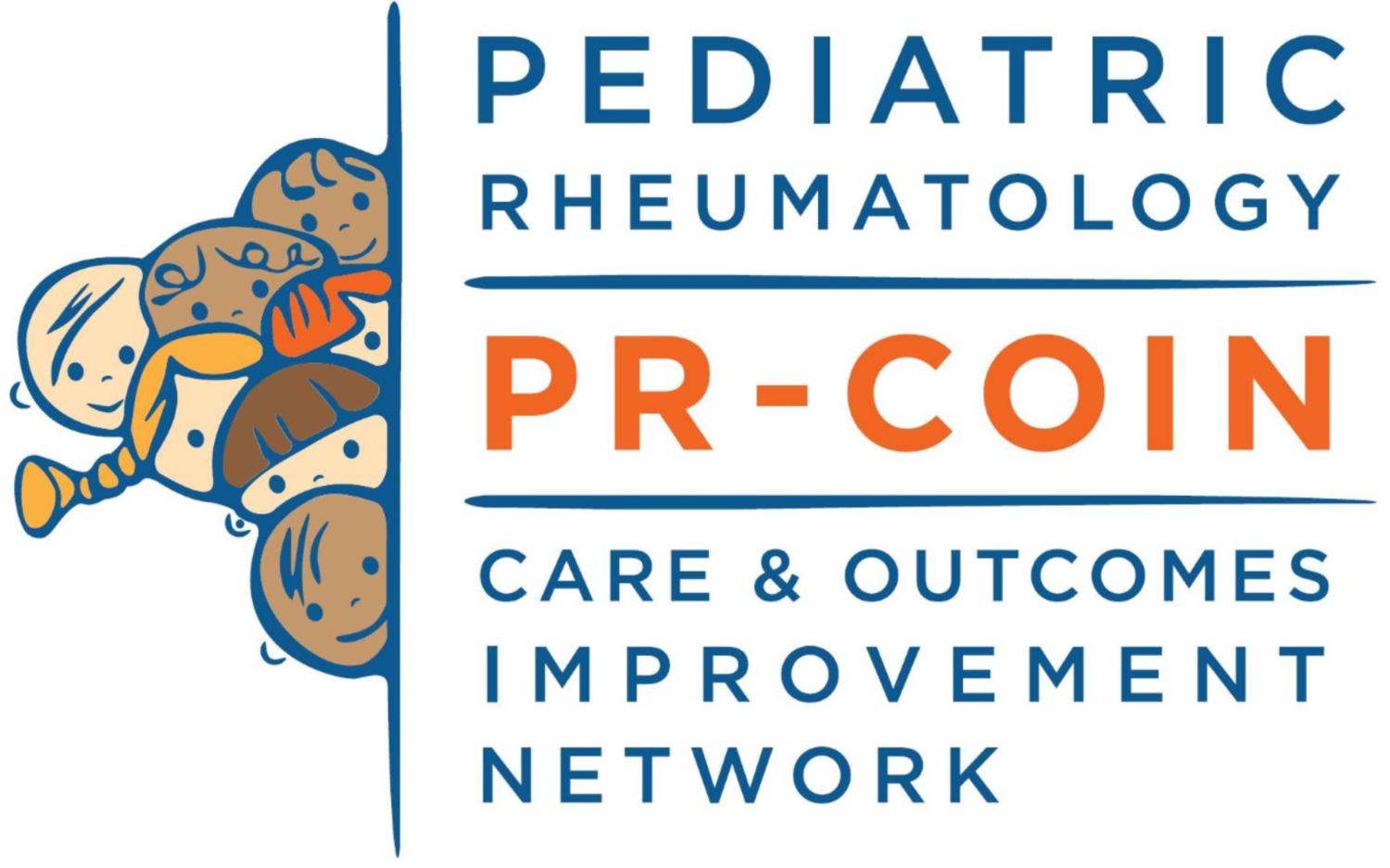Meet Karla Jones!
Now retired from Nationwide Children’s Hospital, Karla Jones, APN, saw a lot of changes in pediatric rheumatology care in her 35 years of practice. Jones began her career as a nurse 40 years ago. After becoming a nurse practitioner, she saw a job opening in pediatric rheumatology. She was attracted to it because she enjoyed working with children with chronic conditions and being able to develop long-term relationships with the patients and families.
Thirty-five years ago, there weren't many treatment options for children with JIA and were primarily limited to baby aspirin, gold shots (weekly shots given in the clinic), and lots of physical and occupational therapy. Long term outcomes were often poor. In 1987, rheumatologists began using methotrexate which provided benefits for some, but not all, children.
Her involvement with PR-COIN began when one of her fellow colleagues became a member of the original steering committee and involved the NCH staff. Jones says her knowledge of quality improvement improved significantly through her involvement with PR-COIN. The early tools, such as the pre-visit planning form, took time to fill out on paper but this was time well spent. This planning helped to focus on important things to consider during clinic visits, including the child's progress, medication side effects, adherence with medications. and eye exams.
Co-producing with families is a key strength of a learning health network like PR-COIN. When patients and parents started using the barriers checklist and self-management tools, she found that they sometimes wrote things down that they might not have expressed verbally in the visit. For example, if giving injections were an issue, the barriers checklist helped to reveal this and gave families the opportunity to work with a nurse or pharmacist to help them through the process. Sometimes insurance issues or medication delivery issues were identified allowing staff to help with these difficulties.
With the start of Treat-to-Target (T2T), she found that families were pleasantly surprised that their input was wanted and valued. These discussions really helped in choosing the right medication. If, for example, a family had kids in two different households and dad wasn’t comfortable with giving an injection, the provider could work with them to ensure the medication selected could be given when the child was with the mom.
“I learned so much from the family’s experiences and willingness to share,” Jones says. When the opportunity to be on the Parent Working Group came up, she gladly joined and learned a lot from multiple parent perspectives.
In the pre-biologic years, it was very difficult for a child to reach true remissions, even when medicated. PR-COIN and T2T brought significant changes!
“The fact that inactive disease could be seen as a realistic goal, given what I’d seen in the past, was pretty astounding.”
Jones also witnessed how rapidly collaboration can bring research into practice and improve outcomes. The twice-yearly learning sessions accelerate progress by allowing different centers to share what they have learned.
“Additionally, the side conversations and networking that occur at each learning session are something simple that have a huge impact in practice.”
Outside of direct patient care, Jones has volunteered at Flying Horse Farms camp for many years, which she is still hoping to do. She also hopes to travel and see more of the world. She is spending her retirement frequently visiting her new grandbaby in Chicago. She also enjoys sewing, bike riding and helping her mom out.
Jones misses seeing her patients but it’s not the end of the story. She stays in touch and follows their progress.
Visit our Get Involved page to learn more about how you and your center can get involved in PR-COIN.

